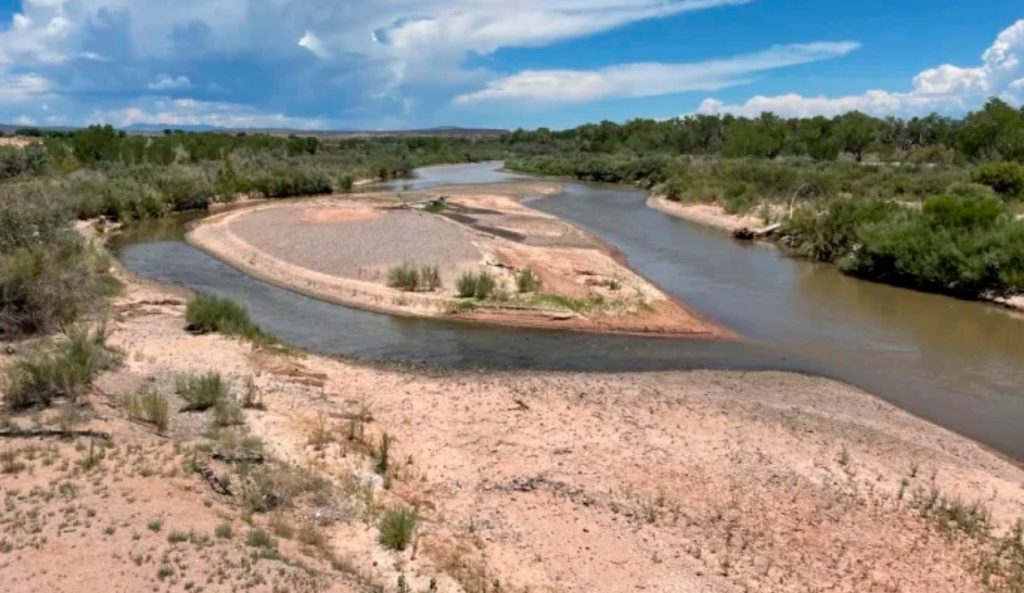
Triple digit temperatures and a fickle monsoon season have combined with decades of persistent drought to put one of North America’s longest rivers in its most precarious situation yet.
Islands of sand and gravel and patches of cracked mud are taking over where the Rio Grande once flowed. It’s a scene not unlike other hot, dry spots around the western U.S. where rivers and reservoirs have been shrinking due to climate change and continued demand.
Local and federal water managers on Thursday warned that more stretches of the beleaguered Rio Grande will be drying up in the coming days in the Albuquerque area, leaving endangered silvery minnows stranded in whatever puddles remain.
EMP Shield: Best protection against lightnings, EMP and solar storms events at discount price!…
The threat of having the river dry this far north has been present the last few summers due to ongoing drought, officials with the Bureau of Reclamation and one of the largest irrigation districts on the river said.
But, this could be the year that residents in New Mexico’s most populated region get to witness the effects of the cataclysmic drought on a grander scale.
It’s not uncommon to have parts of the Rio Grande go dry in its more southern reaches, but not in Albuquerque.
Like a monument, the river courses through the city, flanked by a forest of cottonwood and willow trees. It’s one of the few ribbons of green to cut through the arid state, providing water for crops and communities.
“This is almost the sole source of water in the central part of New Mexico and we’re not trying to save it just for the fish,” said Andy Dean, a federal biologist. “It’s our job as the Fish and Wildlife Service to prevent the extinction of this animal, but this water is also for everybody in the valley. We’re trying to save it for everybody and if the fish is that piece that helps us do that, then that’s what we have to use.”
Never be in the dark again with this portable solar power station!
The Bureau of Reclamation will be releasing what little supplemental water it has left in upstream reservoirs along the Rio Grande. Over the last 20 years, the agency has leased about 700,000 acre-feet — or 228 billion gallons — of water to supplement flows through the middle Rio Grande for endangered and threatened species.
Biologists aren’t sure this latest release will be enough to make a difference for the endangered minnow.
Crews already have been rescuing stranded minnows in the San Acacia and Isleta areas and will continue as the river dries. So far, they’ve been lucky to net about 50 fish a day, but Dean said those numbers are just a fraction of what has been rescued in past years.
“It doesn’t look like there’s a lot of minnows out there currently. Our population monitoring is reflecting that as well,” he said.
GOLD; SILVER; Invest in PRECIOUS METALS to achieve the retirement peace of mind you deserve…
Dean said scooping up minnows in Albuquerque will be new territory for the crew as they have never had to do such work that far north.
With a series of dams and interstate water-sharing agreements governing the Rio Grande’s flows, local, state and federal officials have been successful in previous years reaching resolutions that allow for extra water to be leased and released so that flows could be boosted in times of need.
This year is different. New Mexico has been unable to store any extra runoff in upstream reservoirs because it owes Texas water as part of an interstate compact. With the outstanding debt and no water in the bank, New Mexico has nothing other than the hope of rain to recharge the system during the monsoon season.
A great documentary about the current megadrought:
Jason Casuga, the chief engineer for the Middle Rio Grande Conservancy District, which serves farmers throughout the Middle Rio Grande Valley, said it should serve as a wake- up call for the public and water management agencies.
“There’s a lot of infrastructure on this river that was built for a purpose and that was during a period of time when water was plentiful,” he said. “I’m hoping that’s the silver lining that comes out of this, that people start re-envisioning the way we can use that existing infrastructure.”
Congressional legislation would be needed in some cases. In others, it would require agreements with federal water and wildlife agencies that would allow for more flexibility.
Stock up on Iodine tablets for the next nuclear disaster…
“The longer this drought stays around, I think people are going to recognize we’ve got to find balance,” Casuga said.
The irrigation district and state officials have been pushing more farmers to participate in voluntary fallowing programs. Farmers would leave their fields unplanted for a season in order to save water and increase what flows across the border to Texas as a way to chip away at the debt.
Is water conservation now a new way to increase foood shortage across the US? Time will tell… But this is scary! [AP]
StrangeSounds.org has been banned from ad networks and is now entirely reader-supported CLICK HERE TO SUPPORT MY WORK… I will send you a small gemstone if you give more than 25$… Thanks in advance!
Here some things to add to your disaster & preparedness kit:
- Protect your home and car with the best EMP, solar flares and lightning shield available…
- Drink clean water at home… Get this filter now…
- Health Ranger Store: Buy Clean Food and Products to heal the world…
- Prepare your retirement by investing in GOLD, SILVER and other PRECIOUS METALS…
- You will ALWAYS have electricity with this portable SOLAR power station…
- Qfiles is another great site for alternative news and information…




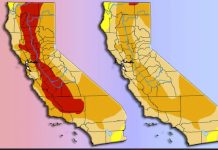
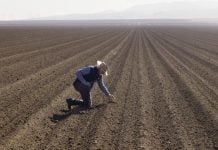
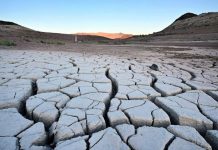

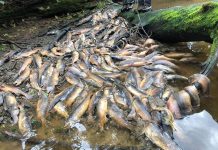
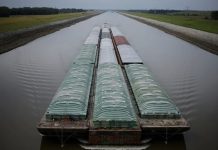


Triple digit temperatures are normal out there. That’s why it is a desert.
Rainfall is reduced by the presence of atmospheric particles…….get it?
Suprise surprise, Rio Tinto runs mines in that area. The French hates the Americans.
Stop the weather modification already! Oh right, I forgot it’s part of the “agenda”.
Screw the minnows. Build desalinization plants too. All this procrastination will prove to be a disaster for people, crops, and livestock. Get on it.